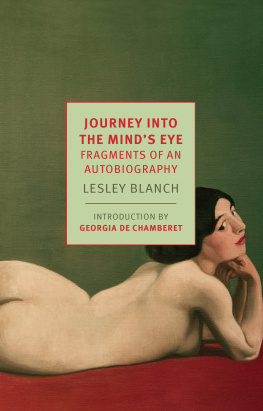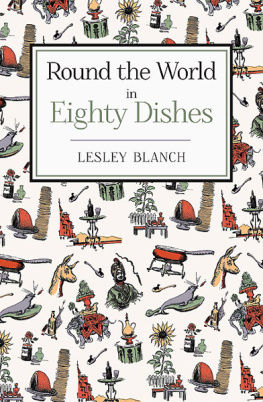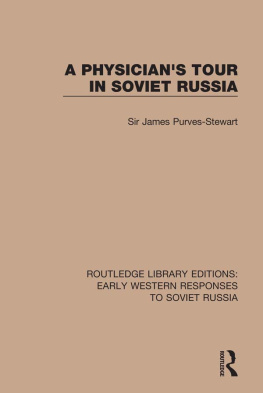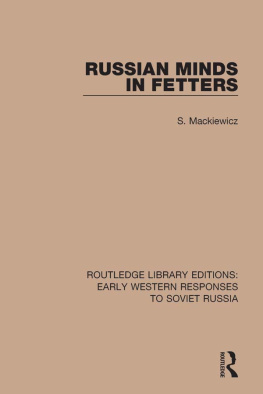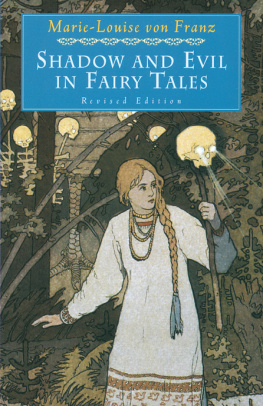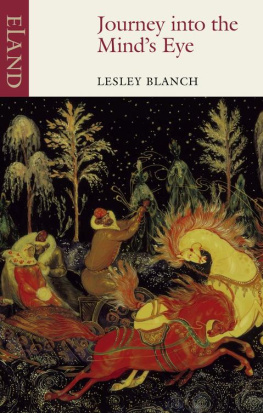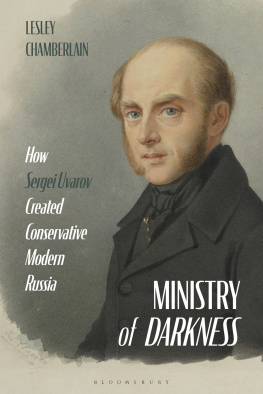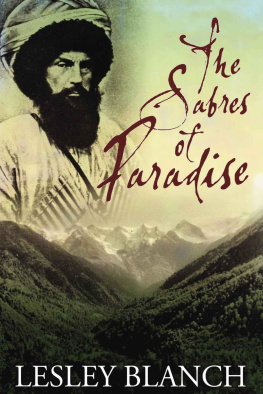
LESLEY BLANCH (19042007) was born in west London. From 1922 to 1924 she studied painting at the Slade School of Art and worked steadily as an illustrator and commercial artist for the next decade, designing book jackets as well as costumes and sets for the theater and the ballet. After writing for several British magazines, Blanch turned to journalism full-time, and in 1937 she was named the features editor of British Vogue. She left the magazine in 1945, the same year she married the French novelist and diplomat Romain Gary. The couple moved to Bulgaria; Blanch would never reside in the United Kingdom again. Over the next two decades, they were posted to the Balkans, Switzerland, and the United States. In 1963, Gary divorced her to marry the actress Jean Seberg. Blanch traveled to Russia, Turkey, Central Asia, Iran, and North Africa, researching what would become twelve books. They include the biographies The Wilder Shores of Love (1954), The Sabres of Paradise (1960), and Pierre Loti: Portrait of an Escapist (1983); and one novel, The Nine-Tiger Man (1965). Her memoirs On the Wilder Shores of Love: A Bohemian Life (2015) were published posthumously, along with a companion volume, Far to Go and Many to Love: People and Places (2017). She died in the south of France at the age of 103.
GEORGIA DE CHAMBERET is an editor, translator, and journalist. She is one of the founding members of English PENs Writers in Translation Committee, a founder of the publishing consultancy BookBlast Ltd., and the editor of online journal The BookBlast Diary. She is the literary executor of the estate of Lesley Blanch.
JOURNEY INTO THE MINDS EYE
Fragments of an Autobiography
LESLEY BLANCH
Introduction by
GEORGIA DE CHAMBERET
NEW YORK REVIEW BOOKS

New York
THIS IS A NEW YORK REVIEW BOOK
PUBLISHED BY THE NEW YORK REVIEW OF BOOKS
435 Hudson Street, New York, NY 10014
www.nyrb.com
Copyright 1968 by Lesley Blanch
Introduction copyright 2018 by Georgia de Chamberet
All rights reserved.
Cover image: Flix Vallotton, Reclining Nude on Red Carpet, 1909; Muse du Petit Palais, Geneva; photograph: akg-images
Cover design: Katy Homans
A catalog record for this book is available from The Library of Congress.
ISBN 978-1-68137-194-8
v1.0
For a complete list of titles, visit www.nyrb.com or write to:
Catalog Requests, NYRB, 435 Hudson Street, New York, NY 10014
CONTENTS
INTRODUCTION
With the death of Lesley Blanch, age 103, England and France have lost one of their last links connecting them to White Russian Paris, Free French London, and many other lost worlds. Her friends would leave her Ottoman-style eyrie in Menton invigorated and inspired. The subjects of her conversation were well beyond the conventional boundaries of time, space, nationality and fashion. I often went to see her, attracted by her warm personality and colorful, cosmopolitan past. With a unique turn of phrase, she would talk equally passionately about film stars, racism, Arab culture, or the Mitford sisters.
So wrote the historian Philip Mansel in Le Figaro Littraire in May 2007. Lesley Blanch was my godmother, and though she was more than a century old when she died, her mind remained young, alert, and inquiring. Painter, journalist, biographer, traveler, Russophile, blond beauty, and animal lover: Lesley made her way out of West London suburbia and up in life through her talent, romantic restlessness, and passionate curiosity.
She was the author of twelve books, and perhaps the greatest achievement of her work is the vision it offers of Russia and the Middle East before war and terrorism transformed them. She had a strong dislike of colonialism and the arrogant materialism of the West.
She is perhaps most famous for her first book, The Wilder Shores of Love, about the lives of four nineteenth-century women whose determination to escape the constraints of conventional European society led them inexorably eastwards. A surprise best seller, the book pioneered a new kind of historical group biography when it was published in 1954. It was translated into twelve languages and has never been out of print in English.
Some of Lesleys best writing is in The Sabres of Paradise, her biography of Imam Shamyl, who was known as the Lion of Daghestan and who led the rebel tribes in their fight against the invading Russian armies from 1834 to 1959. With its dramatic descriptions of the Caucasus and the campaigns in which both the young Tolstoy and Lermontov participated, this book encapsulates the essence of her passion for the East and her love of the unknown.
To understand Lesleys own adventurous life, and her rejection of social conformity, one must, however, read Journey into the Minds Eye, a memoir about her early years. She describes how, bewitched by a friend of her parents, she developed the habit of faraway places, Russia above all. He stirred her dreams with his stories of the Trans-Siberian Railway, inspiring her later journeys to the Caucasus, Central Asia, Siberia, and Mongolia.
Born in 1904, Lesley was an only child. Her idle, cultivated father was a misanthrope who spent his time in museums and galleries discussing things like Chinese porcelain and early oak furniture. Her artistic, elegant mother was a devoted wife who longed to travel but never did. A supporter of the suffragettes who fought for women to win the right to vote, she wanted her daughter to fulfill her potential and be independent at a time when few women had careers. She had been quite well off to begin with and kept the family afloat, but her money slowly trickled away. After leaving the Slade School of Fine Art in 1924, Lesley had to earn a living fast.
The part-Russian, partCentral Asian friend of her parents who made djinn-like visitations to their homepossibly a former lover of her mothershad a galvanic impact on Lesley. She only ever referred to him as the Traveller. He was a mesmeric character and a superb storyteller, described by Lesley as looking like Nureyev with slanting eyes.
The Traveller told her tales about the little humpbacked horse Koniok Gorbunok and brought her presents: magic-lantern slides of troikas in the snow, a Mongol Khans spirit banner with circularly arranged horsetail hairs around the top, a diamond-encrusted blue egg that was whipped away by her mother. She dreamed of life in the Gobi desert and of the buried treasure of Karakorum, and learned to count in Yakut. Lesley imagined St. Petersburg, the Black Sea, Nizhniy Novgorod where Gorky grew up, the Moscow of Ivan the Terrible, the Russian army officers who led the Decembrist uprising of 1825 against Tsar Nicholas I, and monasteries in Ukraine. She learned how to swear in Russian and devoured Jules Vernes novel Michael Strogoff: The Courier of the Czar. Pushkin won hands down over Dickens. She read the Russian intellectual and diarist Aleksandr Herzenthroughout her life she liked to keep a volume of his memoirs on her bedside table.
The Traveller seduced Lesley when she was seventeen. She acknowledged his disgraceful behaviorabusing every canon of honourbut had no qualms about it whatsoever. She was now his Pussinka and Doucinka, and became accustomed to his sudden arrivals and disappearances. They visited the Yusupovs in exile in Capri. Her romantic obsession never lessened even once he had gone. He was the greatest love of my life. Ive had some passionate affairs but nothing to touch the Traveller, she said. The Traveller has always been a part of my life, my habits, what I read. His imprint on her was such that he would influence her choice of husband years later.

